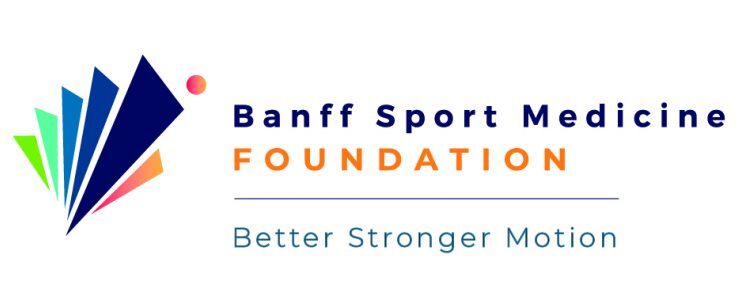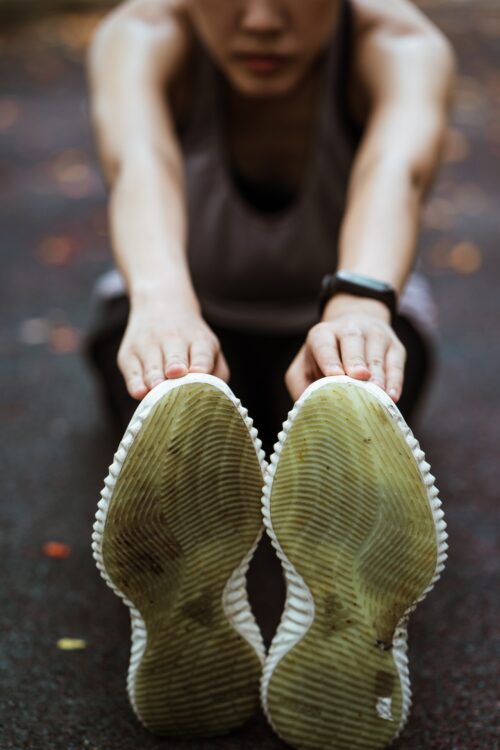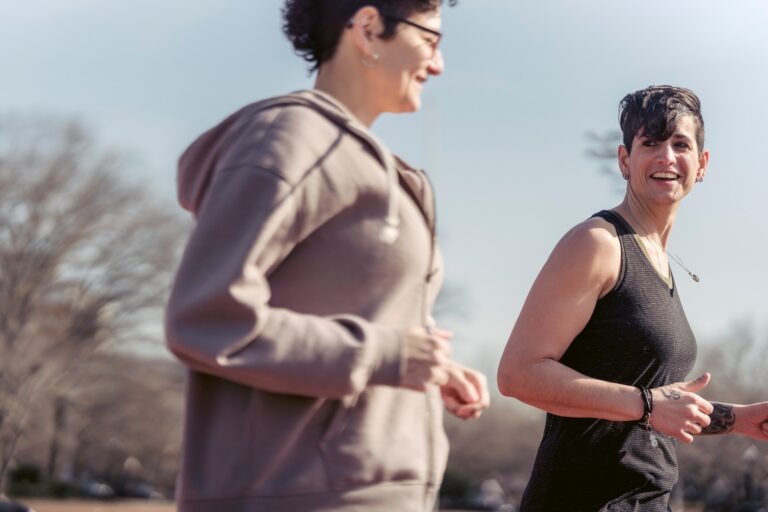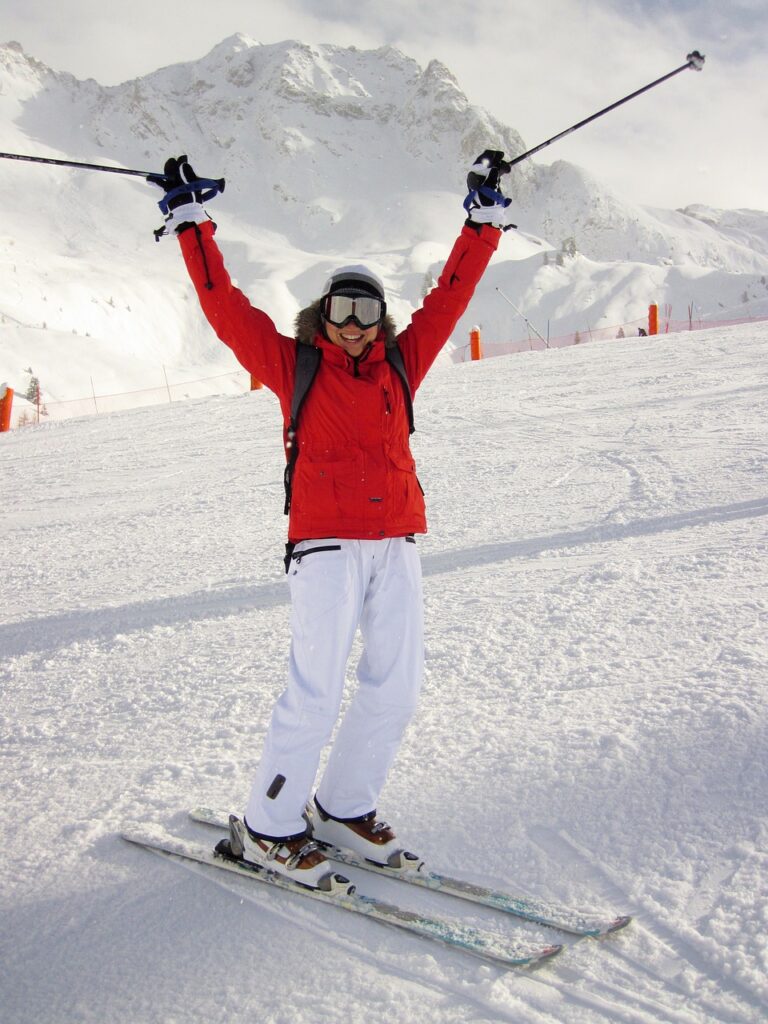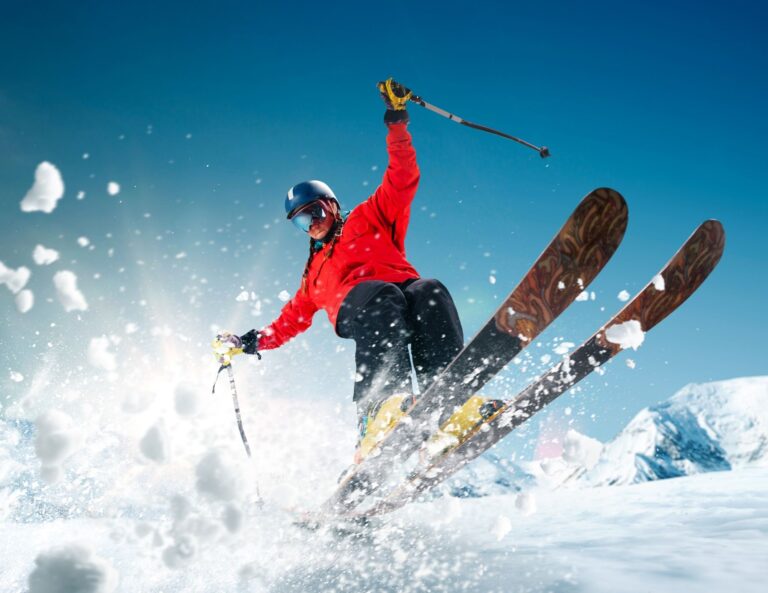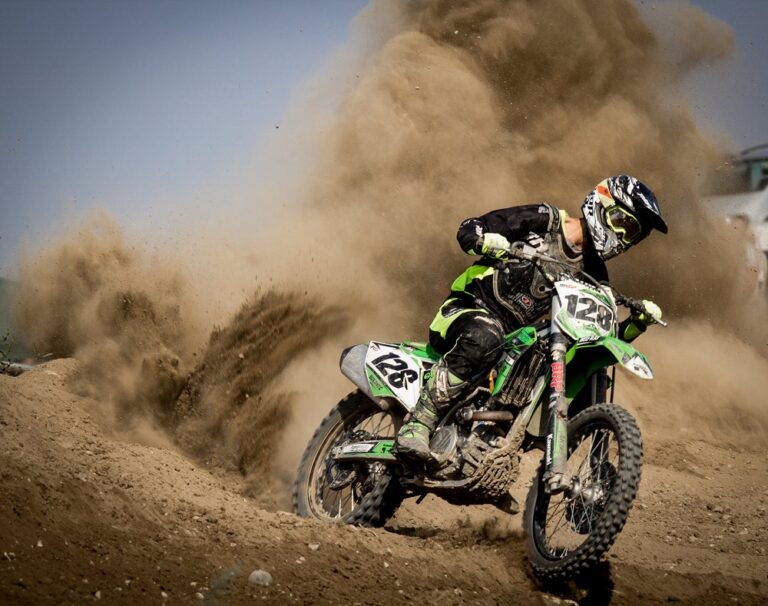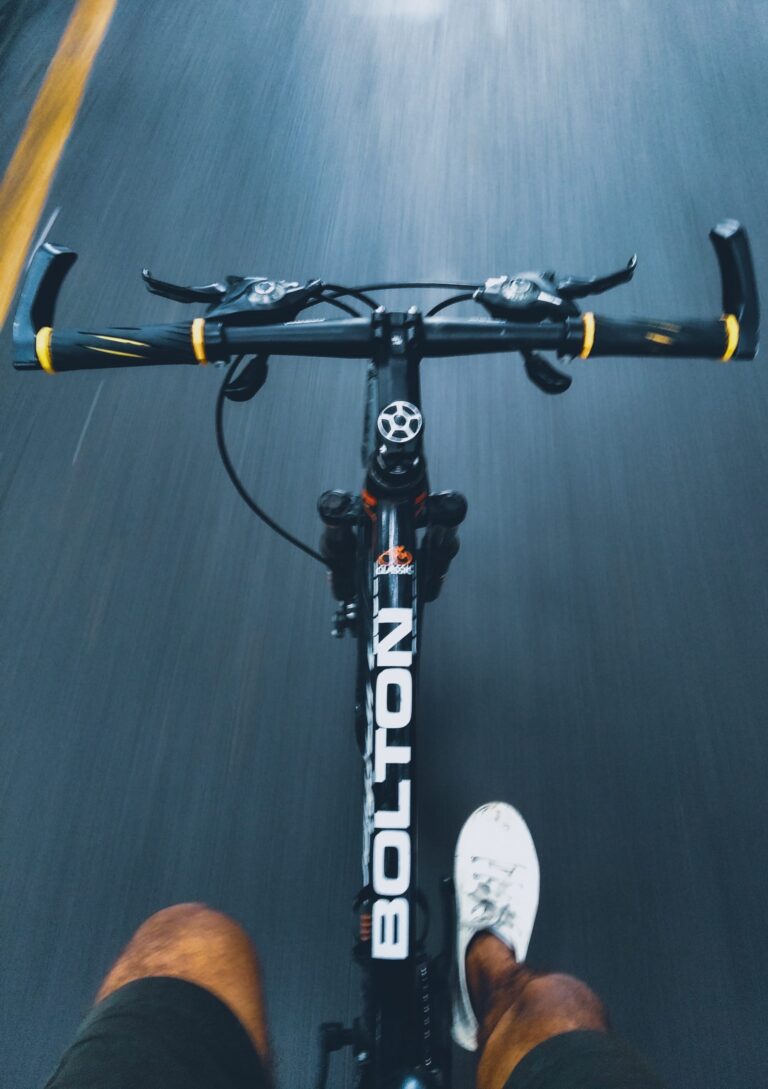Quad activation after ACL injury or surgery: Advanced Exercises
An injury to the ACL can cause significant wasting and weakness to the quadriceps muscles in both the injured and uninjured leg – known as Arthrogenic Muscle Inhibition (AMI).
Research has shown that physical exercise focused on strengthening and improving neuromuscular function can help treat AMI.
In a previous article, local physiotherapist, Nani Woollings, provided some expert tips on 4 simple exercises that can be used to get those quadriceps firing to help prevent and treat AMI.
Here, she provides additional, and more advanced exercises, that can be done.
Disclaimer: As always if you have an injury, see a physiotherapist or other healthcare practitioner who can advise you on rehabilitation (or “prehabilitation”!) and optimal loading with exercise prior to starting a program.
Leg extension with ankle weights (or resistance band)
- Set up by sitting on a flat chair with feet resting on the floor. Attach an ankle weight (or resistance band) to one ankle. If using a band, anchor the other end to the closest chair leg or to your opposite foot.
- Sit up tall, holding the seat to stabilize yourself.
- Maintain this upright posture as you extend your leg, making sure not to bend in the low back.
- Once the leg is fully straight, Pause at the top, then slowly lower back to the start position.
- Perform 8-12 repetitions, 3 sets.
Sitting straight leg hovers
- This exercise will strengthen the quads in their most shortened (end-range of motion) position.
- Begin by sitting on the floor, with a back straight. If you like, you can sit up against a wall.
- One leg will be bent, the other will be straight forward, toes pointing upward. For the purpose of this exercise, keep your foot relaxed, or toes pointed if you wish.
- Keeping your torso glued to the wall, straighten your knee, engaging your quadriceps, or thigh muscles, then lift it off the ground.
- Hold for 3 seconds, then slowly lower back to the start position.
- Perform 3-5 repetitions, 3-4 sets.
- As a variation to this exercise, you many also choose to lift and hover over an object.
- If you are unable to lift off the ground, you may sit up on a block or stool.
Bulgarian Split Squat
- Measure approximately three foot lengths forward from a bench or stool. This is where your front foot should be placed.
- Your back foot rests on the bench. This foot is for balance and maintaining alignment, and is not meant to do work.
- Make sure that both hips are level, and facing forward.
- Begin by tucking your tailbone under, performing what is called a posterior pelvic tilt. Think about this as putting your tail between your legs.
- Bend through the front knee, keeping the torso fairly upright, but without arching in the low back and losing that pelvic tilt.
- Lower until your back knee comes close to the ground. At this point, your front knee should be over the middle of your front foot. Make sure that your heel remains on the ground, and your front knee travels straight forward, never inward.
- Press back up to the start position, focusing on pressure through your font heel. This will help your glute, or buttock muscle fire.
- Perform 8-12 repetitions, 3 sets.
Sissy squat
- This exercise can be performed as an alternate to the reverse Nordic curl. **Do not perform this exercise if you have knee pain during this movement.
- Begin by standing, feet hip width apart with knees, hips, and shoulders stacked one over the other in a straight line. It helps to engage the glute, or buttock muscles to maintain this position throughout the exercise.
- In order of increasing difficulty, arms can be placed forward, down by the sides, or crossed over the chest.
- Slowly lean back, bending through the knees and lifting the heels. You may choose to aim for a target height with your knees. Once you reach the lowest point you can, reverse the movement, returning yourself to an upright position without bending at the hip or losing your balance.
- Perform 6-8 repetitions, 3-4 sets.
Reverse Nordic curls
- This exercise can be performed as an alternate to the sissy squat. **Do not perform this exercise if you have pain with kneeling, if you are not able to achieve a full knee bend (knee flexion), or if you have knee pain during this exercise.
- Kneel on a cushion with knees hip width apart. Feet can be flat or tucked under depending on your comfort.
- Begin by making sure that your knees, hips, and shoulders are stacked one overtop of the other in a straight line. It helps to engage the glute, or buttock muscles to maintain this position throughout the exercise.
- In order of increasing difficulty, arms can be placed forward, down by the sides, or crossed over the chest.
- Slowly lean back, bending through the knees. Once you reach the lowest point you can, reverse the movement, pressing down through your lower leg to come back to the start position without bending through the hip.
- Perform 6-8 repetitions, 3-4 sets.
Expert Contributor

Nani Woollings PT, MSc., MScPT, is a physiotherapist and current coach and former member of the Youth National Climbing Team.
